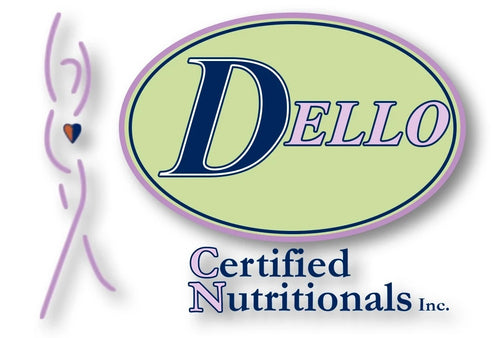During my recent visit to the supermarket, I noticed myself staring at the eggs, wondering which ones to get. Some were labeled as “natural,” “free-roaming” and “organic,” and all varied in prices. I began to question my decision and wondered if others thought the same.
In today’s busy world we aspire to eat healthy and stay fit. Now more than ever, supermarkets are flooded with products labeled “organic,” “all natural,” “free-range,” but what do they actually mean? Does the consumer really know what they are paying for? I wanted to share some definitions that clarify the meaning of these terms.
Both eggs and poultry can be labeled as “free-range” or “free-roaming.” This label can be used as long as the producers have given the poultry “access to the outside.” There are no rules or specific guidelines as to how long they must have access to the outdoors, or how large of a space they are put in.
All organic agricultural farms and products must meet the following guidelines:
Abstain from the application of prohibited materials for three years prior to certification and continually through their organic license. Prohibit the use of GMOs. Provide outdoor access for livestock. Refrain from hormones. Sustain animals on 100 percent organic feed.
The “natural” claim varies as it is only regulated by the USDA in the case of meat and poultry. While “natural” means no artificial ingredients or colors, and the product has been minimally processed, there is no direct definition of “natural.”
“Pasture-raised” poultry is not typically a free roaming capacity. Usually birds are raised in movable pens dragged around a pasture every few days.
“Grass-fed” means the animal was fed grass rather than grains. It doesn’t necessarily mean the animal ate grass its whole life; it could just be prior to slaughter it was fed grass.
Contrary to the label, almost all wild game found in restaurants is farm-raised.
“Healthy” foods must be low in fat and saturated fat and contain limited amounts of cholesterol and sodium. Certain foods must also contain at least 10 percent of one or more of the following: vitamins A or C, iron, calcium, protein or fiber.
The “fresh” label can only be used on food that is raw, has never been frozen or heated and contains no preservatives.
To have “fair trade” on a label, producers must follow guidelines about fair wages, safe and equitable working conditions, unionization and child or forced labor.
If a food is labeled a “good source” of something, one serving of the food must contain at least 10 to 19 percent of the daily recommended value for that nutrient.
Maria Dello is a nutritionist at Dellonutritionals. Her office is located in Manhasset at 75 Plandome Rd.
